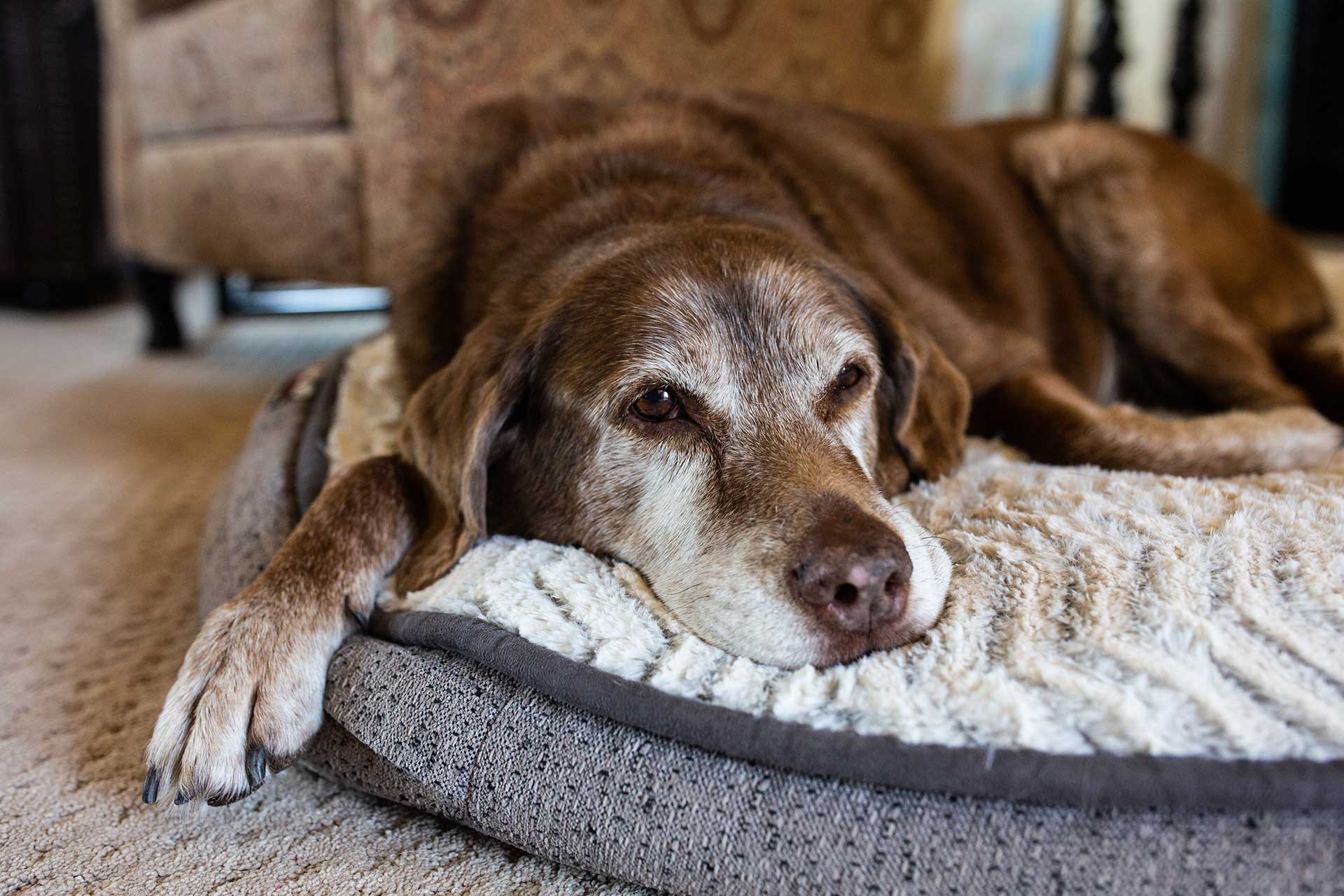Caring For Older Dogs Part Four: Adapting Your Home
Transform your home into a haven for your aging dog. Learn how to assess mobility challenges, provide a safe and comfortable living space, and enhance safety measures to support your senior dog's well-being.

In part four of our senior dog care series, we shift our focus to creating a senior-friendly environment within our homes. As our beloved canine companions age, it becomes increasingly important to make necessary adaptations to ensure their safety, comfort, and accessibility. In this article, we will explore practical tips and modifications to transform your home into a welcoming and supportive space for your aging dog.
Assessing and Addressing Mobility Challenges
To provide a safe and comfortable environment for your senior dog, it is crucial to assess and address mobility challenges within your home. Begin by conducting a thorough evaluation to identify potential hazards that could pose risks to your dog's mobility. Look out for slippery floors, obstacles in walking paths, steep staircases, and tripping hazards such as loose rugs or electrical cords. By identifying these potential hazards, you can take proactive measures to minimize risks and create a more secure environment.
One key aspect of ensuring a senior-friendly home is providing secure and supportive surfaces. Consider replacing slippery flooring with non-slip alternatives, such as rugs with rubber backing or traction mats. These surfaces offer better traction, reducing the likelihood of slips and falls. Additionally, providing orthopedic dog beds throughout the house can alleviate pressure on your dog's joints and provide them with a comfortable resting space.
For senior dogs facing difficulty with stairs or accessing elevated areas, installing ramps or pet steps can significantly enhance their mobility and independence. Ramps or steps with a gentle incline make it easier for your dog to navigate stairs or reach higher surfaces without exerting excessive effort or putting strain on their joints. This accommodation is especially beneficial for senior dogs with arthritis or mobility issues, allowing them to move around the house with greater ease.
Ensuring a Safe and Comfortable Living Space
Creating a safe and comfortable living space is essential for the overall well-being of your senior dog. There are several key considerations to keep in mind to achieve this goal. Temperature regulation is crucial, as extreme temperatures can be particularly challenging for senior dogs. Ensure that your home is neither too hot nor too cold, as they may struggle to regulate their body temperature effectively. Provide a cozy and comfortable area for your senior dog to rest, away from drafts or direct exposure to sunlight.
Easy access to food and water is another important aspect of a senior-friendly environment. Ensure that your senior dog's food and water bowls are easily accessible to prevent discomfort or strain. Elevated feeding stations can be beneficial, as they reduce the need for your dog to bend down, minimizing stress on their neck and joints. Additionally, provide fresh water in multiple locations throughout your home to encourage regular hydration.
Creating quiet and peaceful areas within your home is crucial for your senior dog to find solace and relaxation. Designate specific spaces where they can rest undisturbed, away from excessive noise, activity, or potential stressors. These designated areas should provide a sense of security and tranquility, allowing your senior dog to enjoy moments of peace and uninterrupted rest.
Enhancing Safety Measures
Enhancing safety measures throughout your home is essential for the well-being of your senior dog. By taking proactive steps to mitigate risks and potential hazards, you can create a more secure environment. Start by securing hazardous areas that may pose a danger to your dog, such as swimming pools, steep slopes, or areas with toxic plants. Utilize baby gates or barriers to restrict access and prevent your senior dog from entering these spaces, reducing the risk of accidents or injuries.
Adequate lighting is also crucial in creating a safe environment for your senior dog. Ensure that your home is well-lit, especially in areas that your dog frequents. Sufficient lighting helps them navigate their surroundings more easily, reducing the risk of tripping or bumping into objects. Regular home maintenance is equally important in preventing accidents. Keep your home clean and clutter-free, removing obstacles, pet toys, and other items that may pose a risk to your senior dog's safety and mobility.
By creating a senior-friendly environment in your home, you are providing your aging dog with the necessary support and accommodations to lead a safe, comfortable, and fulfilling life. Remember to observe and adapt as your senior dog's needs change over time, making any necessary modifications to cater to their evolving requirements. Let's make our homes a haven for our aging companions, ensuring that they continue to enjoy a secure, comfortable, and enriching lifestyle.
This article is part of a series on caring for your senior dog, click on the links below to find the other artiles in the series covering a range of different topics.
Part One: Senior Dog Health Issues
Part Two: Managing Cognitive Decline
Part Three: Keeping Senior Dogs Active
Part Four: Adapting Your Home


